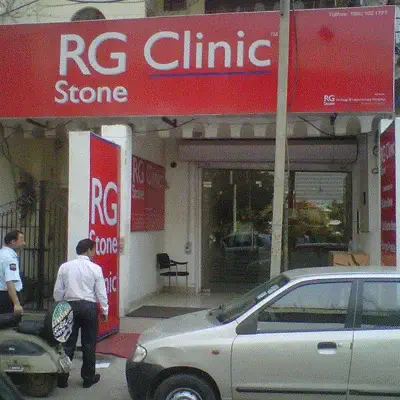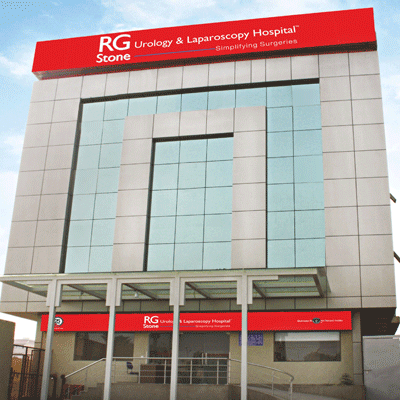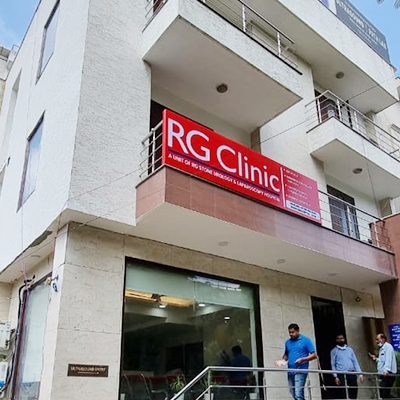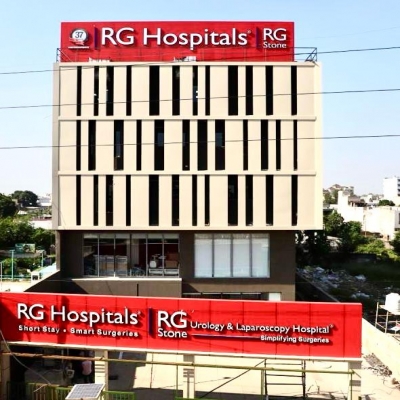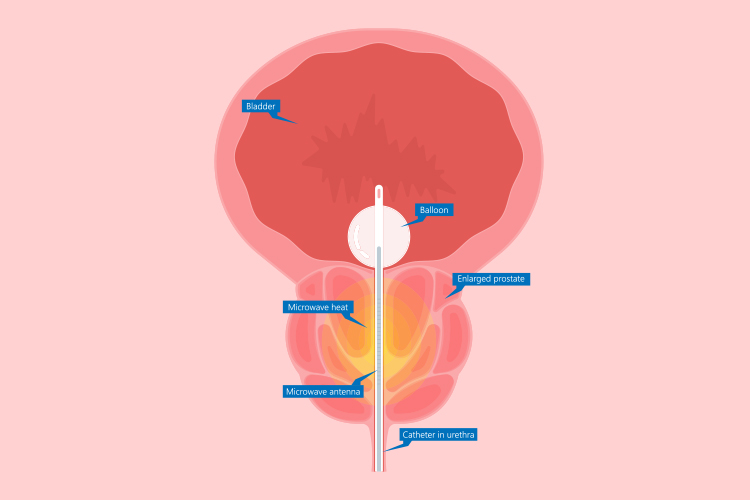Urethral stricture is a condition where the urethra, the tube that carries urine from the bladder to the outside of the body, becomes narrowed or blocked due to scarring. This can result in difficulty urinating, pain, and urinary retention. While many cases can be managed with non-surgical approaches, more severe or persistent cases may require surgical intervention.
Procedures & Interventions
Urethral dilation is a non-surgical procedure where a doctor uses progressively larger dilators or balloons to widen the narrowed area of the urethra. This can provide temporary relief and is often used in mild to moderate strictures. However, the stricture may recur over time, requiring repeated treatments.
In this procedure, a Resectoscope (a type of endoscope) is inserted into the urethra, and a cutting instrument is used to make an incision at the site of the stricture. This helps to break up the scar tissue and widen the urethra. Urethrotomy is effective for treating short, simple strictures but may not be as successful for longer or more complex strictures.
Urethroplasty is the gold standard for treating urethral stricture, especially in severe or recurrent cases. This surgical procedure involves removing the scar tissue causing the stricture and then reconstructing the Urethra. There are different types of Urethroplasty, including Anastomotic Urethroplasty, where the healthy ends of the urethra are sewn together, and Buccal mucosa graft Urethroplasty, where tissue from the inside of the cheek is used to reconstruct the urethra. Urethroplasty offers long-term relief and is highly effective.
In cases where surgical repair may not be an option or if a patient is not a candidate for a major surgery, Urethral Stents may be placed to keep the urethra open. A stent is a small tube inserted into the Urethra to prevent it from collapsing and allow urine to pass through. While stents can help manage symptoms temporarily, they often require regular monitoring and replacement.
In cases of severe stricture located in the Penile Urethra, where other treatments have failed, Penile Urethrostomy may be performed. This procedure involves creating a new opening in the skin of the penis to allow urine to pass directly out. It is typically reserved for patients with long strictures or damage to the urethra that cannot be treated with other methods.
For more complex or long strictures, surgical repair with grafts can be used to reconstruct the Urethra. A common graft material is Buccal mucosa, taken from the inside of the mouth, but other tissue sources, such as skin from the forearm, may also be used. This procedure is highly effective for large or long strictures, as it can restore the urethra to its normal function and prevent recurrence.

Urethral dilation is a non-surgical procedure where a doctor uses progressively larger dilators or balloons to widen the narrowed area of the urethra. This can provide temporary relief and is often used in mild to moderate strictures. However, the stricture may recur over time, requiring repeated treatments.

In this procedure, a Resectoscope (a type of endoscope) is inserted into the urethra, and a cutting instrument is used to make an incision at the site of the stricture. This helps to break up the scar tissue and widen the urethra. Urethrotomy is effective for treating short, simple strictures but may not be as successful for longer or more complex strictures.

Urethroplasty is the gold standard for treating urethral stricture, especially in severe or recurrent cases. This surgical procedure involves removing the scar tissue causing the stricture and then reconstructing the Urethra. There are different types of Urethroplasty, including Anastomotic Urethroplasty, where the healthy ends of the urethra are sewn together, and Buccal mucosa graft Urethroplasty, where tissue from the inside of the cheek is used to reconstruct the urethra. Urethroplasty offers long-term relief and is highly effective.

In cases where surgical repair may not be an option or if a patient is not a candidate for a major surgery, Urethral Stents may be placed to keep the urethra open. A stent is a small tube inserted into the Urethra to prevent it from collapsing and allow urine to pass through. While stents can help manage symptoms temporarily, they often require regular monitoring and replacement.

In cases of severe stricture located in the Penile Urethra, where other treatments have failed, Penile Urethrostomy may be performed. This procedure involves creating a new opening in the skin of the penis to allow urine to pass directly out. It is typically reserved for patients with long strictures or damage to the urethra that cannot be treated with other methods.

For more complex or long strictures, surgical repair with grafts can be used to reconstruct the Urethra. A common graft material is Buccal mucosa, taken from the inside of the mouth, but other tissue sources, such as skin from the forearm, may also be used. This procedure is highly effective for large or long strictures, as it can restore the urethra to its normal function and prevent recurrence.
Team of Excellence
Behind every recovery story at RG Hospitals is a team of exceptional doctors whose passion for healing and innovation continues to transform healthcare and redefine patient outcomes.
Find a DoctorLooking for an Expert
RG Hospitals is proud to be the home of some of the world's most distinguished doctors.

Patient Stories
View AllPatient Testimonial | Commitment To Care
Treated by Dr. Manoj Gupta , RG Stone Hospital, Dehradun
- All Locations
- New Delhi
- Haryana
- Punjab
- Kolkata
- Chennai
- Mumbai
- Goa
- Uttar Pradesh
- Uttarakhand







